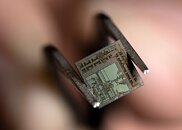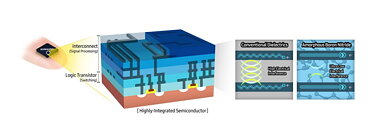
Qualcomm Announces World's First 10 Gigabit 5G Modem-RF System
Qualcomm Technologies, Inc. today announced the Snapdragon X65 5G Modem-RF System, its fourth-generation 5G modem-to-antenna solution. It is the world's first 10 Gigabit 5G and the first 3GPP release 16 modem-RF system, which is currently sampling to OEMs and targeting commercial device launches in 2021. Snapdragon X65 is the Company's biggest leap in 5G solutions since the commercialization of its first modem-RF system. It is designed to support the fastest 5G speeds currently available with fiber-like wireless performance and makes best use of available spectrum for ultimate network flexibility, capacity and coverage. In addition to the Snapdragon X65, Qualcomm Technologies also announced the Snapdragon X62 5G Modem-RF System, a modem-to-antenna solution optimized for mainstream adoption of mobile broadband applications.






















































